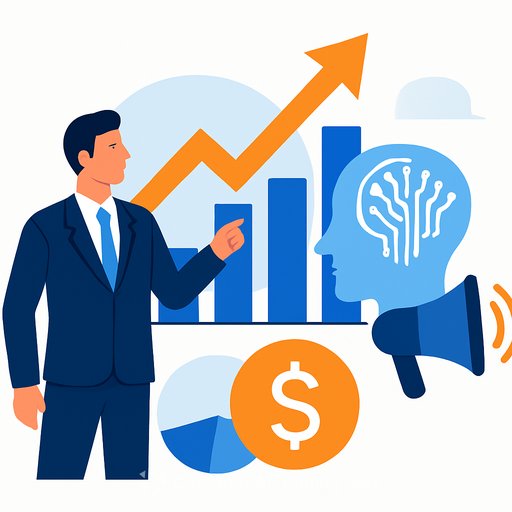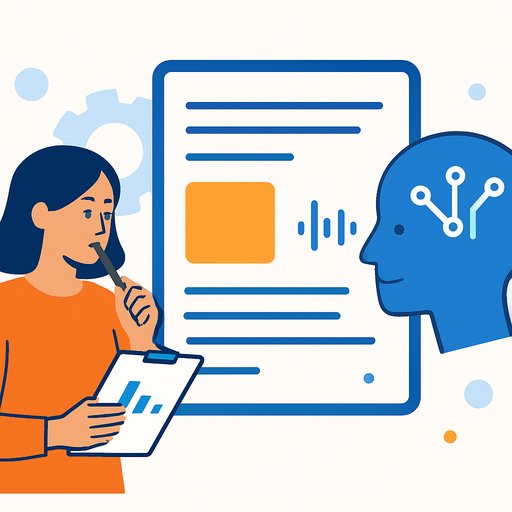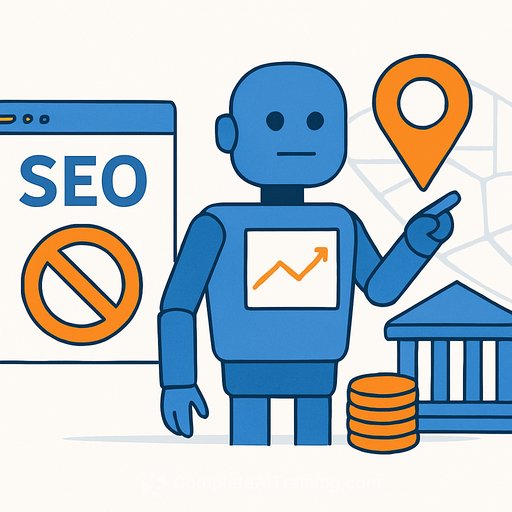AI in Marketing 2026: Tools That Work, Myths That Don't
AI is everywhere in marketing headlines. Claims of smarter, faster, cheaper outcomes are becoming a chorus.
Here's the truth: AI isn't a magic fix. It's a set of tools that, when paired with quality data and human judgment, improves planning, activation, optimization and measurement. It augments marketers-it doesn't replace them.
What AI Does Well (and What It Doesn't)
- Good at: surfacing insights, spotting patterns across massive datasets, generating reports in seconds, predicting likely outcomes.
- Not good at: defining the right questions, understanding brand nuance, judging business context, ensuring models reflect your strategy.
Targeting and Segmentation in the Age of Prediction
Audience discovery has always been part art, part science. AI expands the science. Advanced modeling blends deterministic and probabilistic signals to build high-fidelity lookalikes using mobile usage, app engagement and geospatial patterns.
That unlocks intent-based personas at scale-travelers, gamers, shoppers and other high-value cohorts. Predictive models also estimate when someone is most likely to engage or convert by analyzing device activity, time-of-day behavior and purchase history. Passive data turns into timely intent signals.
But precision has limits. Bias in training data reinforces bad assumptions. Overfitting makes models great at explaining yesterday and weak at predicting tomorrow. Correlation isn't causation; business relevance still needs human interpretation.
Privacy is nonnegotiable. Use privacy-preserving techniques (for example, federated learning) to train across partners without exposing personal data. Build trust by design, not as an afterthought.
Smarter Optimization Starts with Better Inputs
Most marketers meet AI through optimization. Models trained on past engagement data can forecast CTR, conversions and brand lift, then adjust pacing mid-flight to match objectives. This only works if the inputs are clean and representative.
You still set the rules: define success, set guardrails, and watch for drift. AI can speed decisions, but it can't decide whether the result serves the strategy.
Dynamic creative systems now swap visuals, copy and CTAs based on location, device and context. Useful-if you bring the creative direction. Models can spot patterns; they can't feel the tone of your brand or the emotion of a story.
In programmatic bidding, models estimate engagement probability, viewability and fraud risk in milliseconds to decide whether to bid. That speed introduces opacity. Demand visibility into decision drivers and keep human oversight in the loop.
The Expanding Role of AI in the Ad Tech Stack
Under the hood, AI touches the entire stack. It automates data ingestion, normalization and deduplication. It improves identity resolution across people, devices and households. It helps DSPs refine bid strategies, manage creative rotation and coordinate spend across mobile, CTV, DOOH and social.
These gains depend on verifiable, high-quality data. If the foundation is shaky, the outputs are noise.
Measurement is accelerating too. Machine-learned multitouch attribution maps nonlinear journeys better than static rules. Incrementality testing can estimate lift with smaller holdouts to save time and budget. Natural-language reporting makes advanced analytics usable for nontechnical teams.
AI increases speed and precision. Humans provide context, ethics and strategic judgment.
The Foundation for Meaningful AI
AI is only as good as the data it runs on. T-Mobile Advertising Solutions (T-Ads) operates from a rich, consented data foundation. Across the T-Ads ecosystem, AI supports each stage of the campaign cycle-from insights and audience building to activation and measurement.
Predictive models help marketers anticipate churn, identify engagement opportunities and reduce waste. Paired with deterministic carrier data and a clear line of consent, these tools make each impression more relevant and more measurable across screens-mobile, CTV, rideshare and digital out-of-home.
Transformation isn't about automating everything. It's about pairing intelligent systems with experienced partners, a clear strategy and a bias for practical outcomes over hype.
A Practical Playbook for Marketers
1) Data and Privacy
- Audit sources: coverage, freshness, consent status and sampling bias.
- Standardize taxonomies and deduplicate before modeling.
- Adopt privacy-preserving training and secure data sharing protocols.
2) Targeting and Segmentation
- Define intent signals that map to your funnel (recency, frequency, context, value).
- Test lookalikes against holdouts; monitor drift and refresh windows.
- Layer reach and frequency caps to prevent fatigue and skewed results.
3) Optimization
- Set a single primary objective per line item (e.g., qualified leads, incremental sales, on-site engagement).
- Use exploration budgets to keep learning; throttle exploitation to avoid overfitting.
- For dynamic creative, build a modular library and pre-clear brand-safe variations.
4) Measurement
- Run incrementality tests early; iterate with smaller, smarter holdout groups.
- Combine modeled attribution with business KPIs (CAC, ROAS, LTV, churn).
- Adopt natural-language reporting for faster readouts, then validate with analyst reviews.
5) Governance and Transparency
- Document model objectives, inputs, update cadence and known limitations.
- Audit for bias and data leakage; set thresholds that trigger human review.
- Ask partners for feature-level visibility and explanations of material decisions.
Metrics That Matter
- Intent signal precision and coverage across key cohorts.
- Effective reach to modeled audiences at your target frequency.
- Incremental lift per dollar (not just CTR or view-through).
- Creative response by context (placement, time, device) and fatigue curves.
- Time to insight and cost to learn (how quickly you can make confident changes).
Common Pitfalls (and How to Avoid Them)
- Overfitting yesterday's data: enforce validation windows and periodic model refreshes.
- Chasing proxy KPIs: anchor decisions to business outcomes, not vanity metrics.
- Opaque bidding: require transparency on key signals and set manual overrides.
- Privacy creep: codify what data you will never collect, share or activate.
- "Set and forget" thinking: schedule reviews for data drift, creative wear-out and audience decay.
What to Do Next Week
- Pick one campaign and rewrite the objective in business terms (e.g., "reduce CAC by 12%").
- Clean the inputs: fix deduplication, align taxonomies, remove stale segments.
- Run a small holdout to measure true lift; adjust budgets based on the result.
- Pilot dynamic creative with 3-5 modular variations per message.
- Set up a model review doc: objective, inputs, update cadence, and escalation criteria.
Upskilling Your Team
If your team is building AI fluency for media, creative and analytics, consider structured training designed for marketers. Start here: AI Certification for Marketing Specialists. You can browse more role-specific options at Courses by Job.
AI will keep moving fast. The teams that win won't be the loudest-they'll be the ones pairing quality data with clear strategy, asking better questions and keeping humans accountable for the final call.
Your membership also unlocks:






